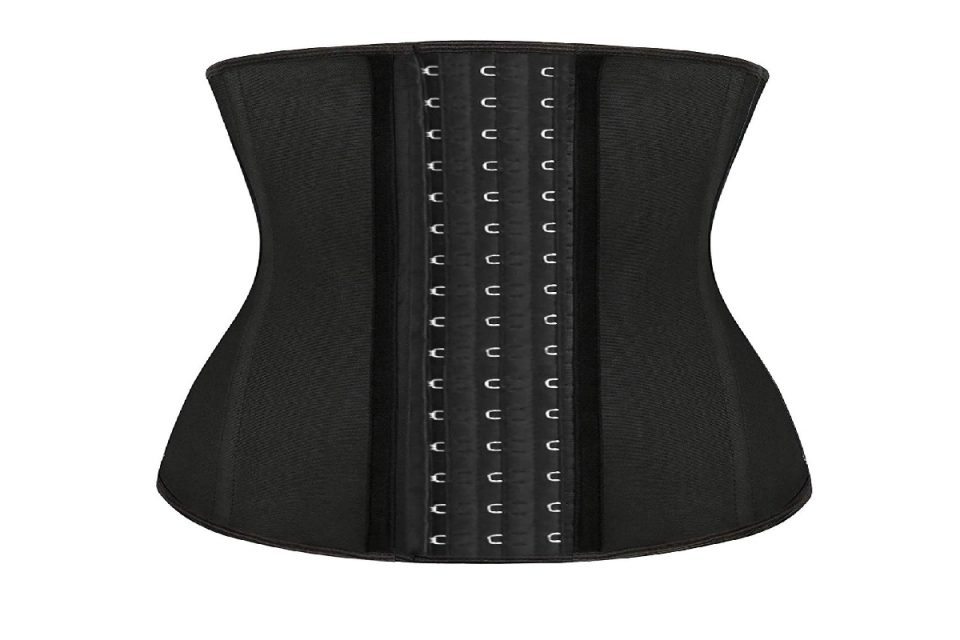A training corset is a corset that is typically used for body alteration. You can use a training corset for orthopedic or cosmetic reasons (for example, to fix a misaligned spine). Furthermore, the word “training corset” can relate to a corset worn to adapt the body before wearing a full corset as a regular undergarment and to any corset worn by someone who is training.
Corsets were first employed to substantially lower a woman’s waist can produce a stylish hourglass form in the nineteenth century. The floating ribs were forced upward, and the soft tissue at the waist was compressed as the corset was laced tighter and tighter. This could have various negative health consequences, including trouble breathing, digestive issues, and irreversible deformities. An hourglass corset is commonly used for waist training or waist reduction. Women post-pregnant or participating in BDSM frequently use waist reduction, also known as “tightlacing.”
A current waist training corset has no structural differences from a corset worn as an outer garment for important events. Corsets for training are often composed of tough fabric (or leather) and have somewhat rigid fondling (not all corsets are strong enough to mold a body). A training corset is intended to be worn every day and is usually concealed behind clothing.
Choosing what is the best waist trainer for weight loss is not as difficult as it seems. You just need to know your needs and what type of trainer would be perfect for you. If you want something that will give you more support, then go for a boned waist trainer. However, if you are aiming for something more comfortable, then select a soft-boned waist trainer. Also, make sure to check the size chart to ensure that you are choosing the right size for your body.
When it comes to brands, there are many reputable brands that offer high-quality waist trainers. Some of the best brands include: Ann Chery, Squeem, Maidenform, Spanx, and Wacoal.
Table of Contents
Is it true that waist training corsets work?
Waist trainers are unlikely to make a significant or long-term difference on your body. They can potentially cause health risks if abused or tightened too tightly. A healthy diet and regular exercise are the healthiest and most efficient ways to shed pounds.
What is the best way to measure for a waist training corset?
You’ll need to take your natural waist measurement. One inch above your belly button, measure your actual waist measurement. To get the ‘hourglass’ impression, choose a corset 4 inches smaller than your belt line once you’ve been measured.
What size corset should I get?
The following is a general corset sizing guideline: If your natural waist (where you bow sideways) is less than 38″, choose a corset that is 4-7 inches smaller. If your normal waist is greater than 38″, choose a corset that is 7-10 sizes shorter.
How tight should a Training Corset be around the waist?
So, how tight does a corset have to be? It should feel “snug,” with no pinching, stinging, prodding, or other unpleasant feelings that make you want to pull the corset off in a rage. That’s not a good time! Pulling the laces too tight too soon can injure you and destroy the corset.
How can I get a suitable corset?
Choose an hourglass silhouette corset if you have more weight in your midsection. If you’re slim, though, go for a more relaxed look and avoid tying the knot too tightly. Because your waist isn’t as defined as it once was, you may feel compelled to tie the knot even tighter. Please don’t do it; instead, cling to your ease.

